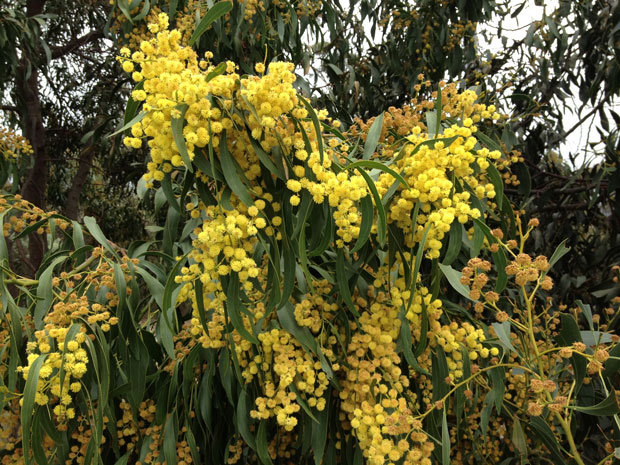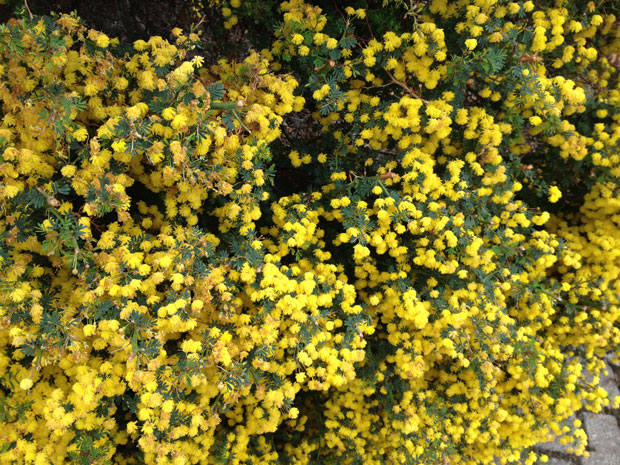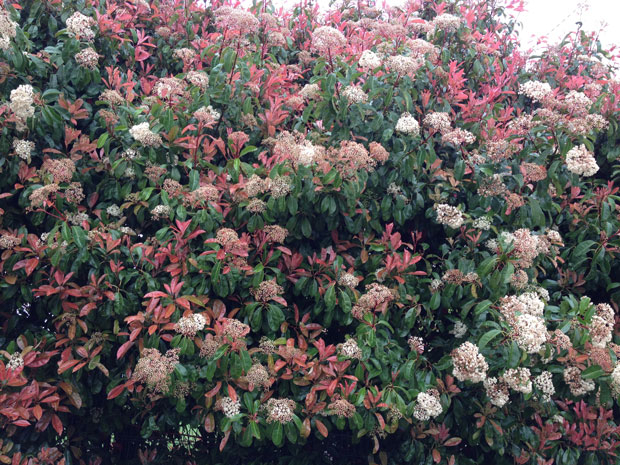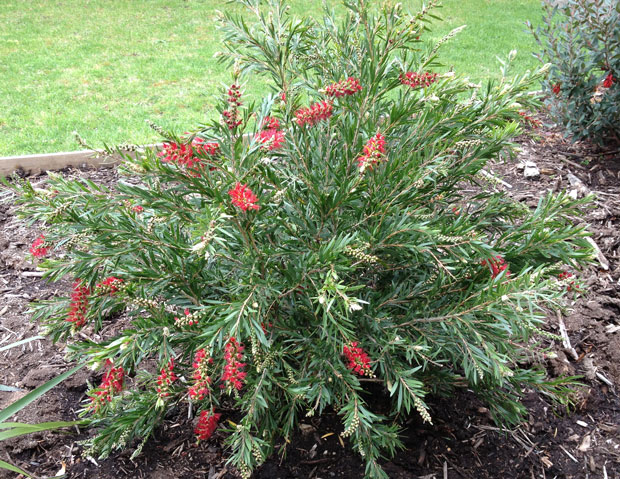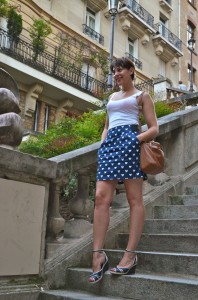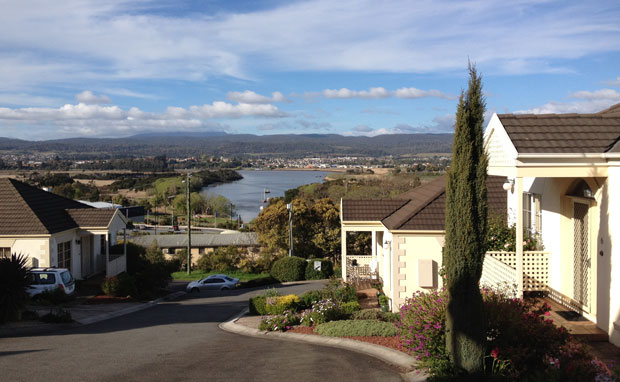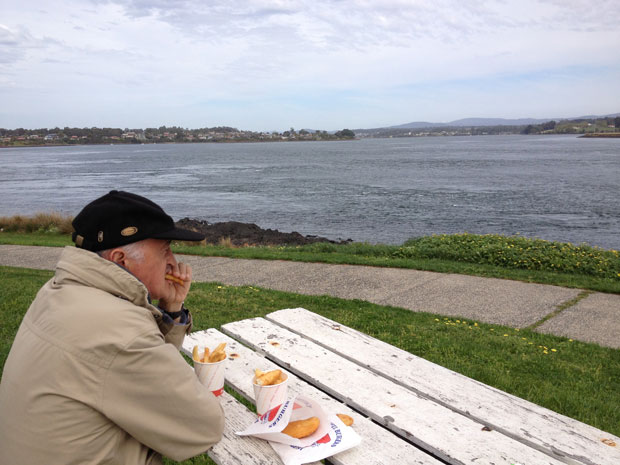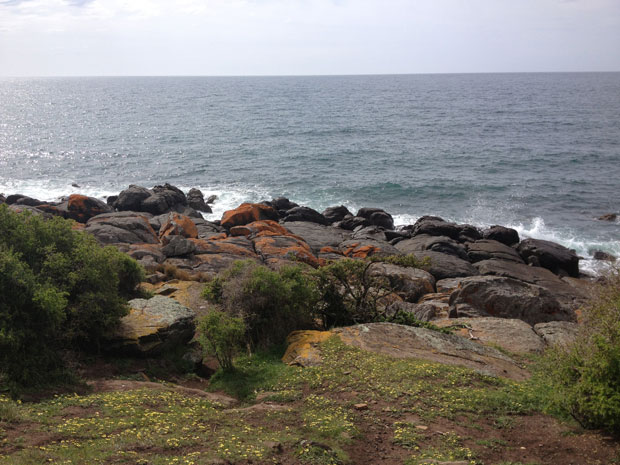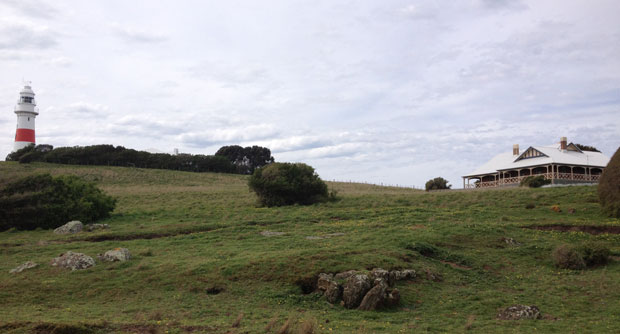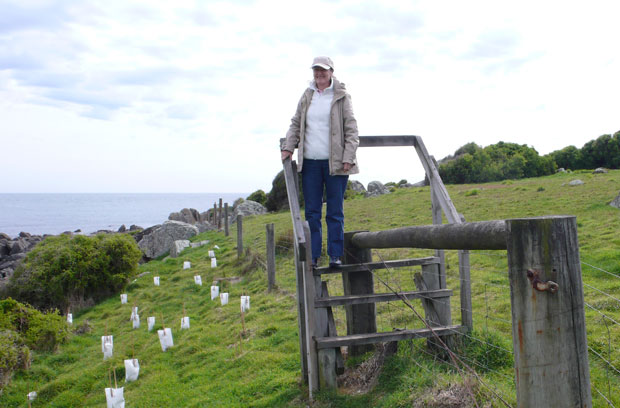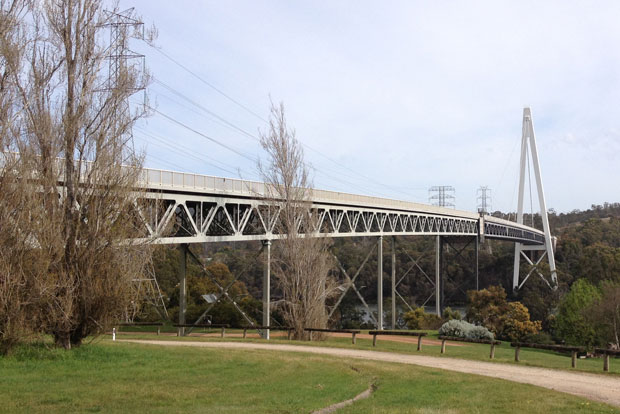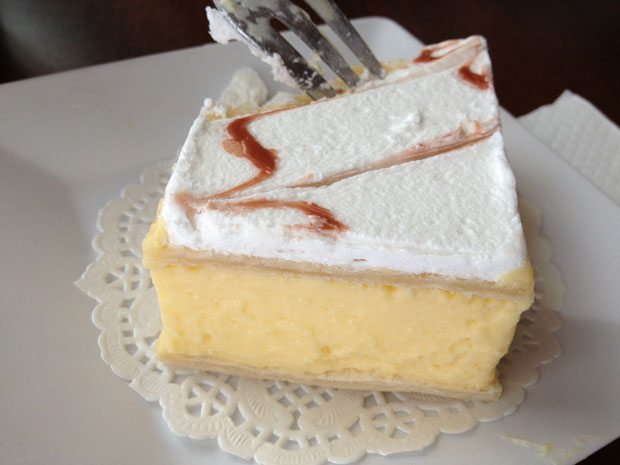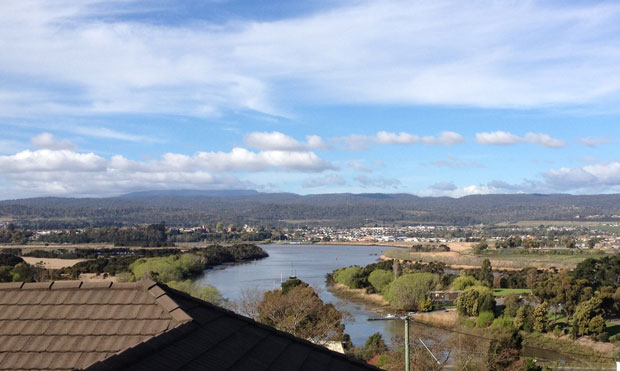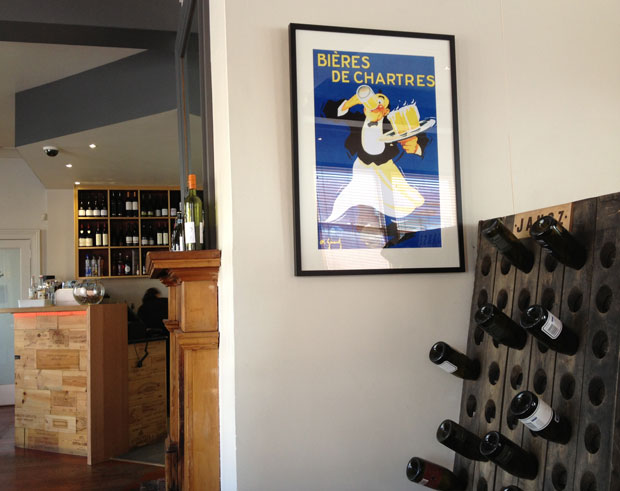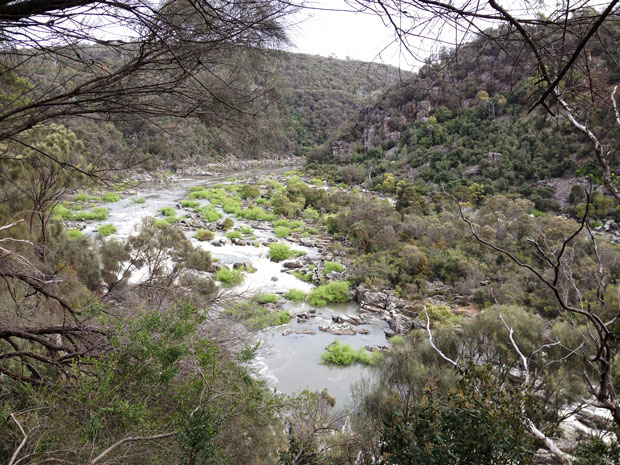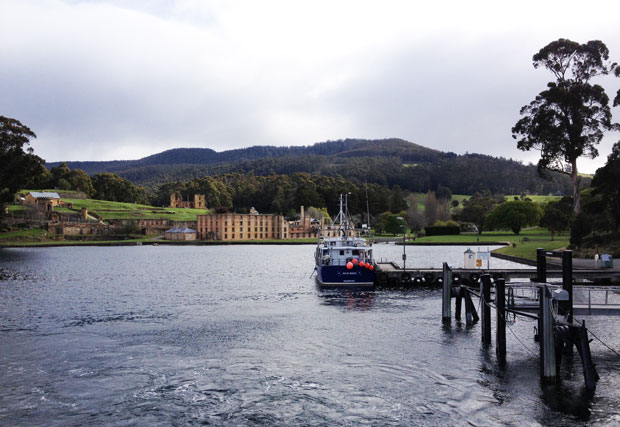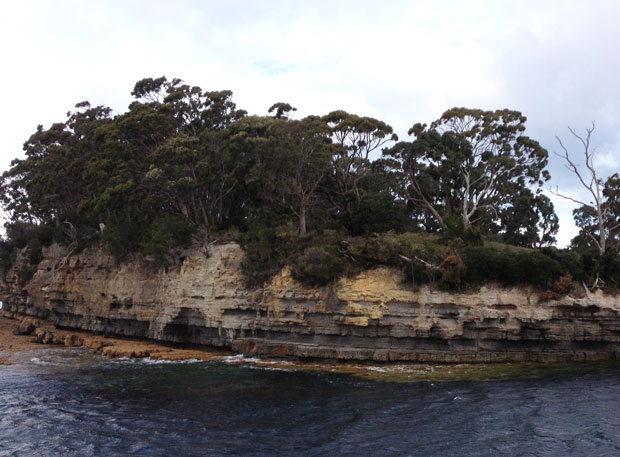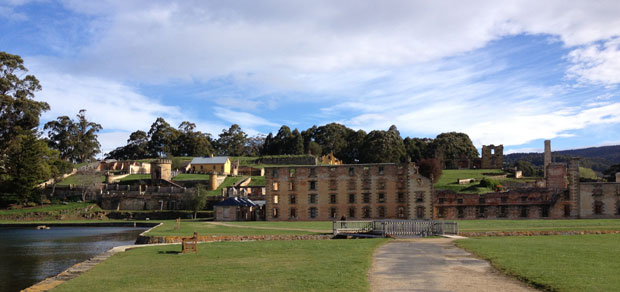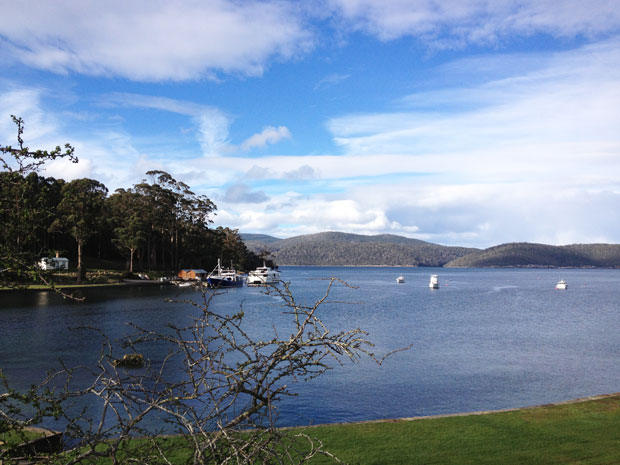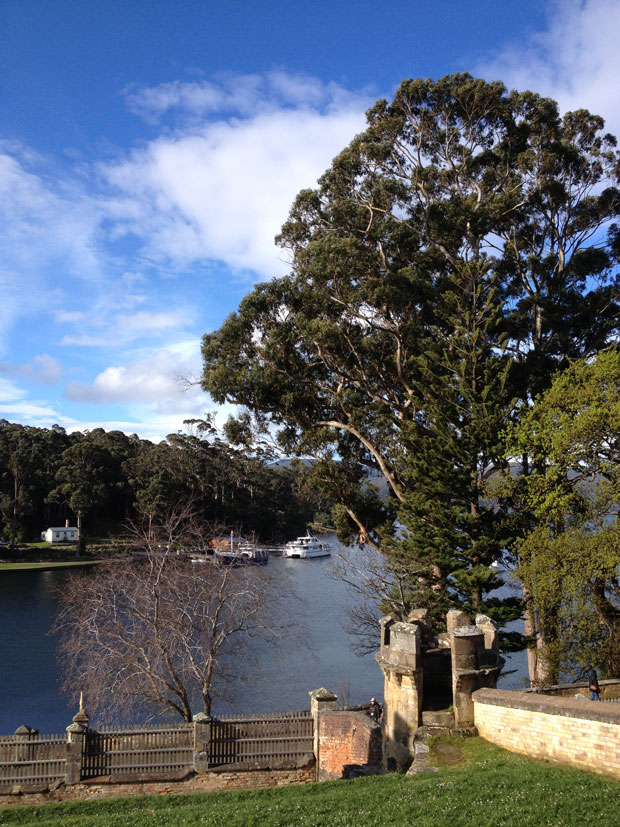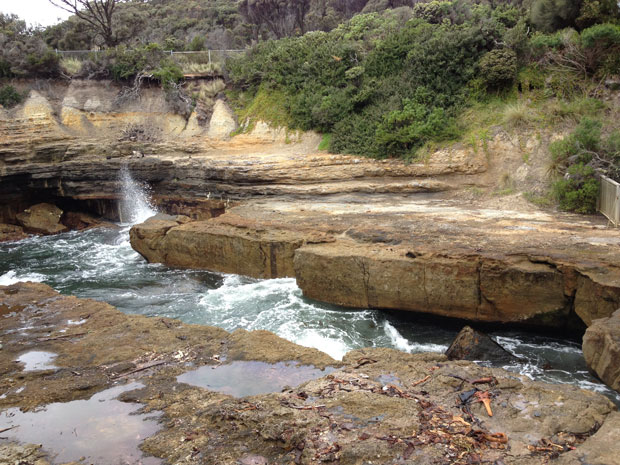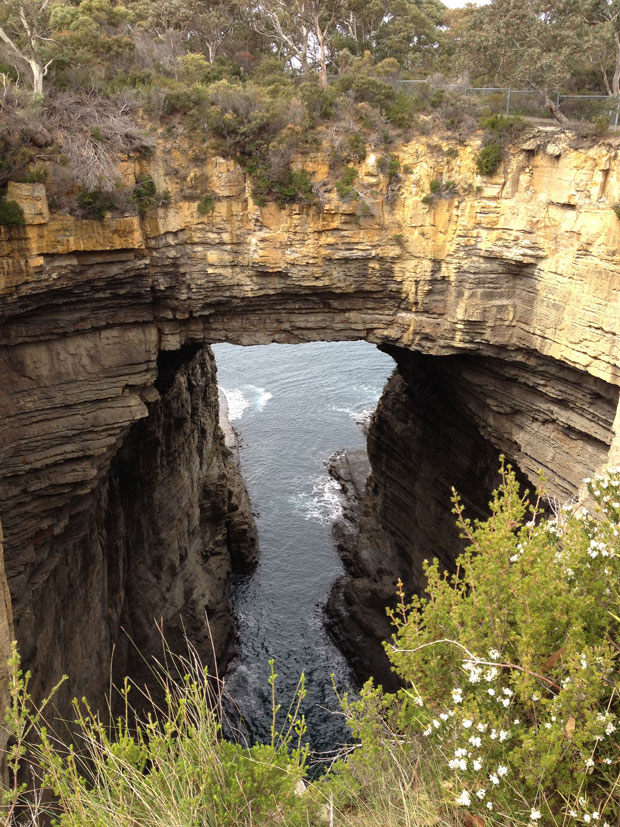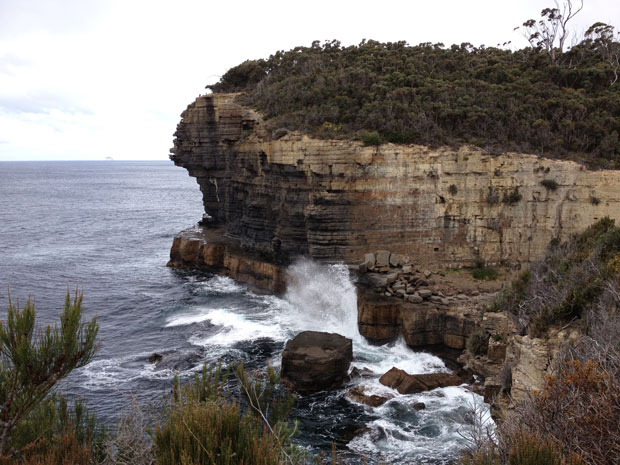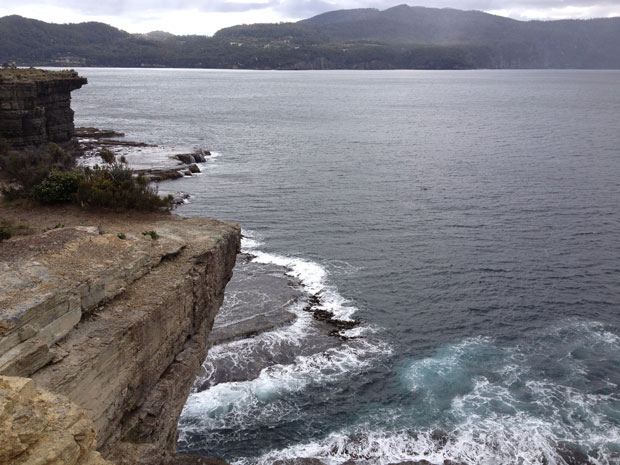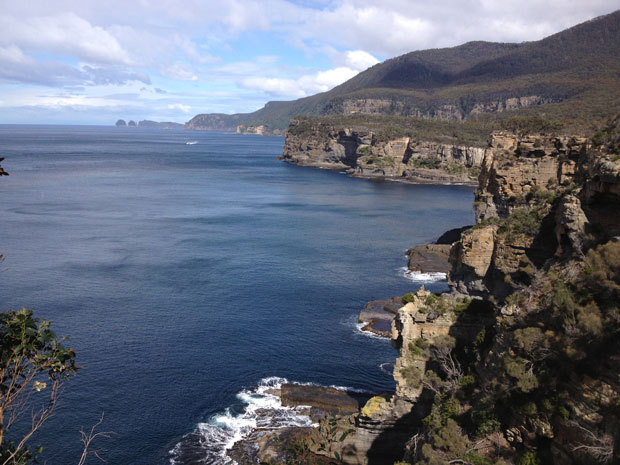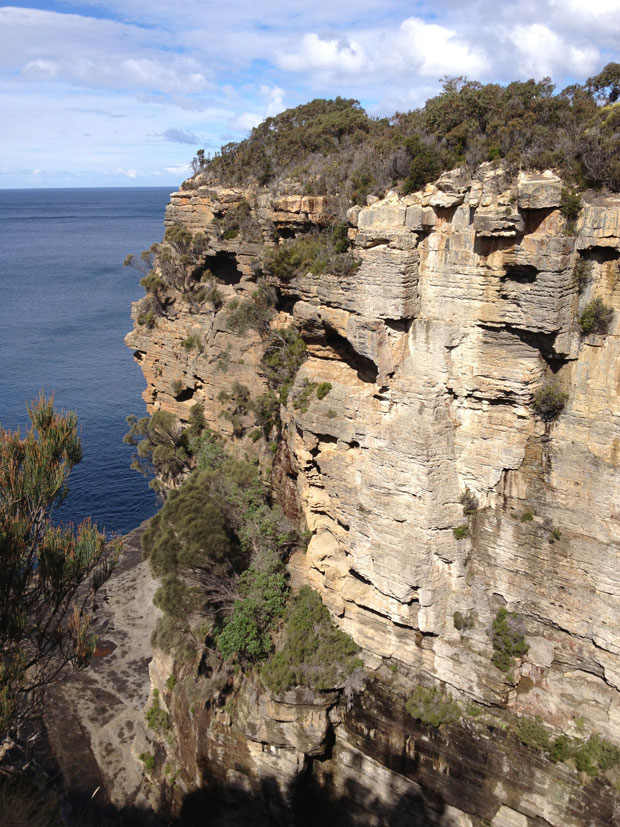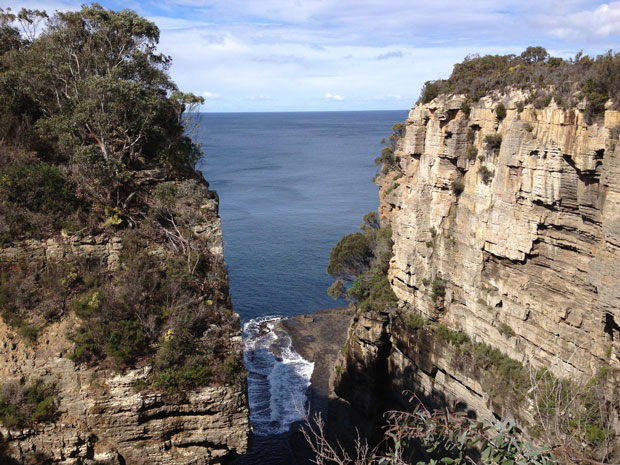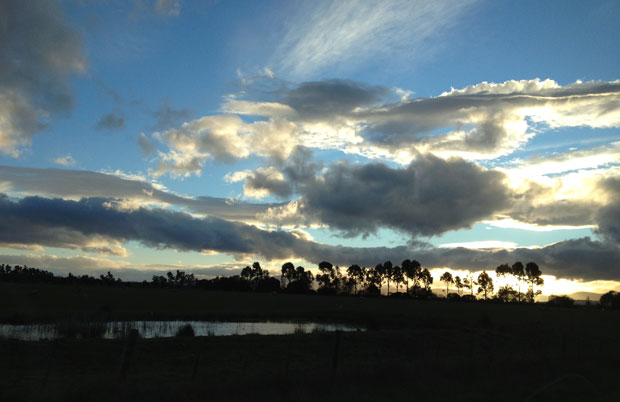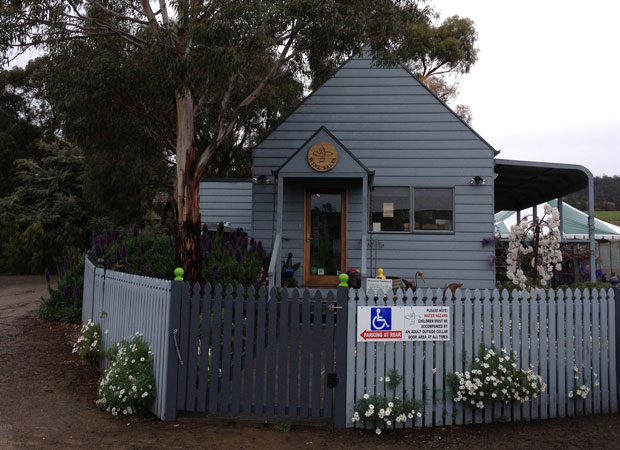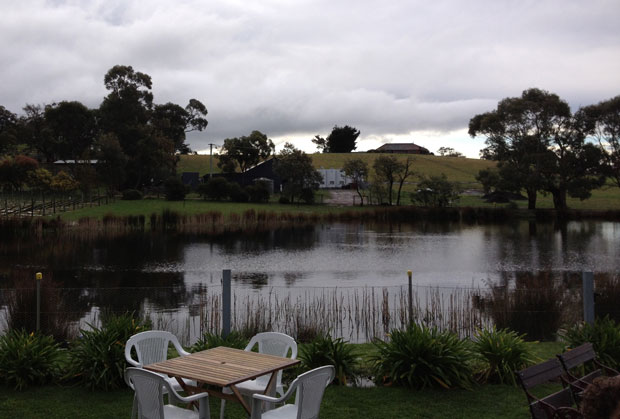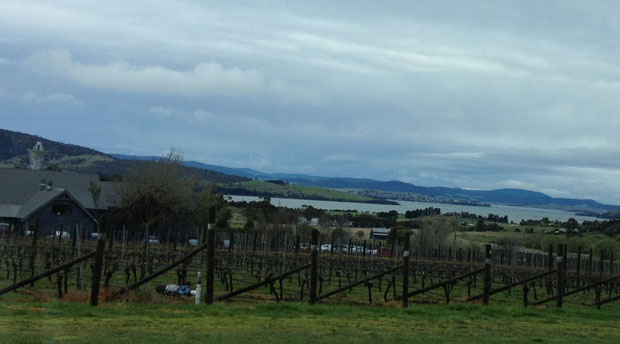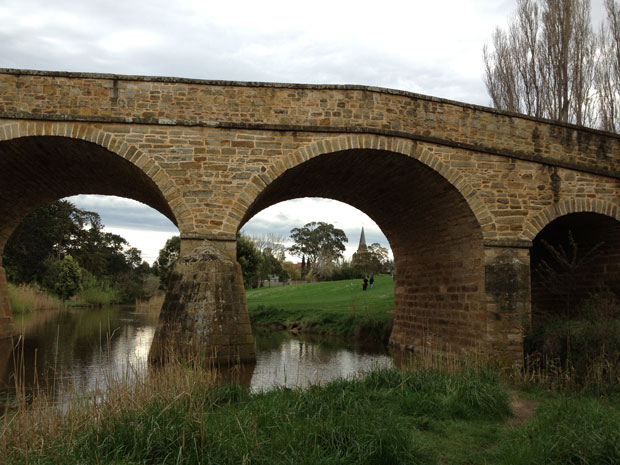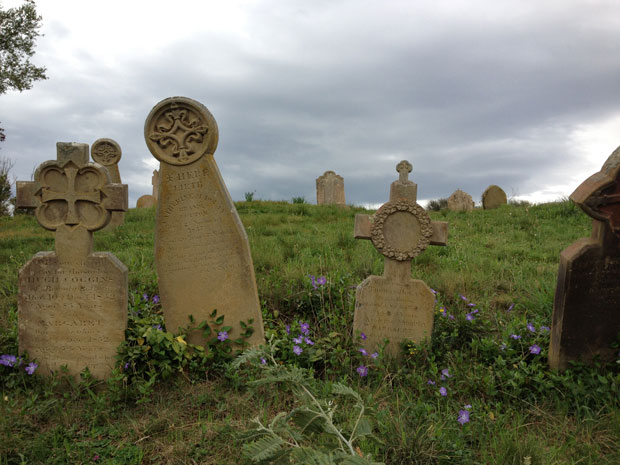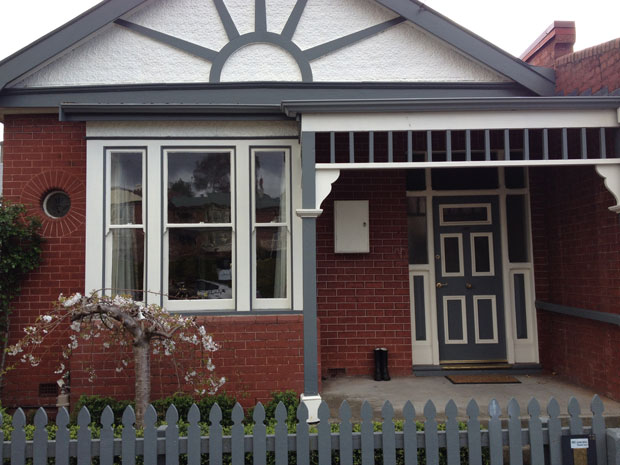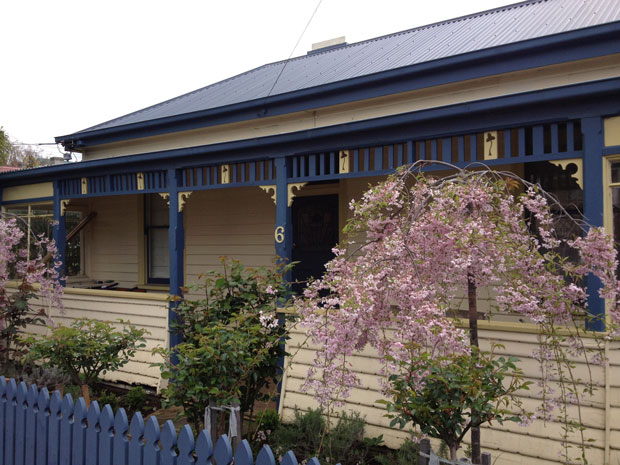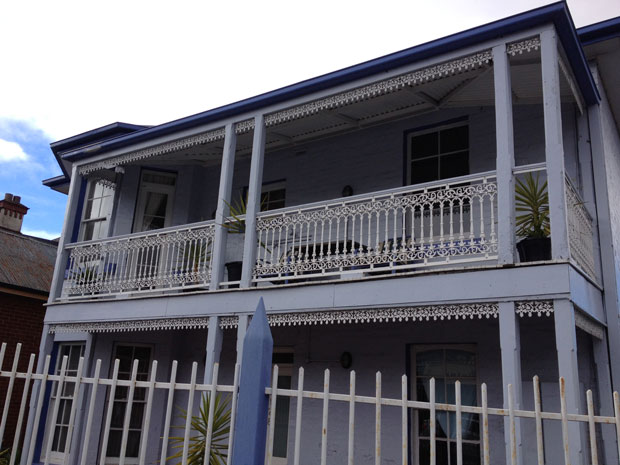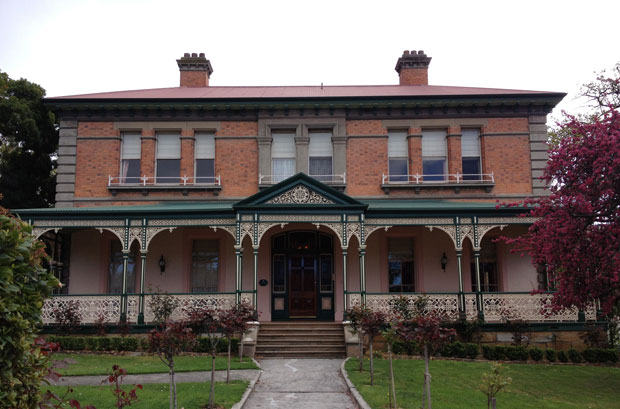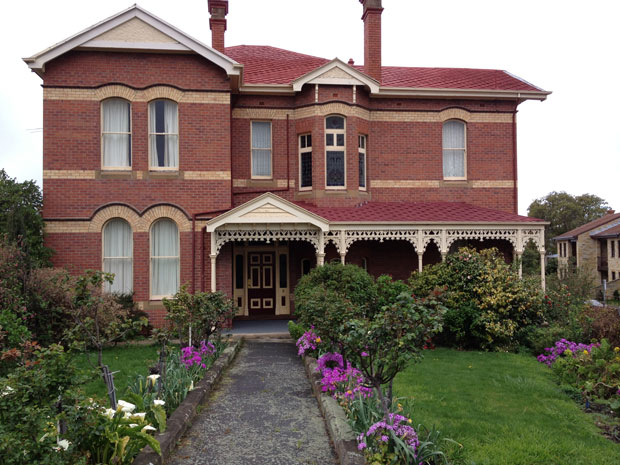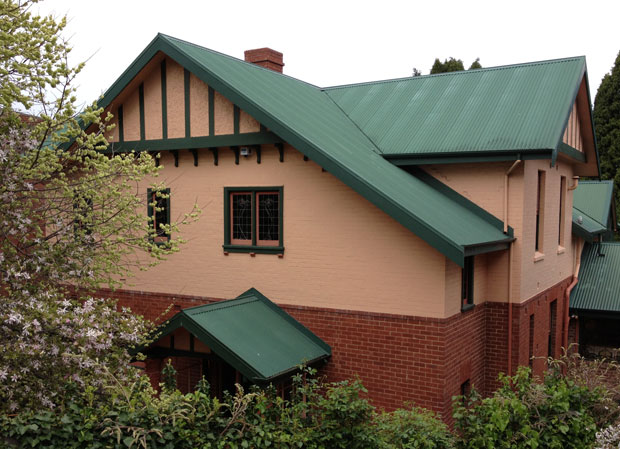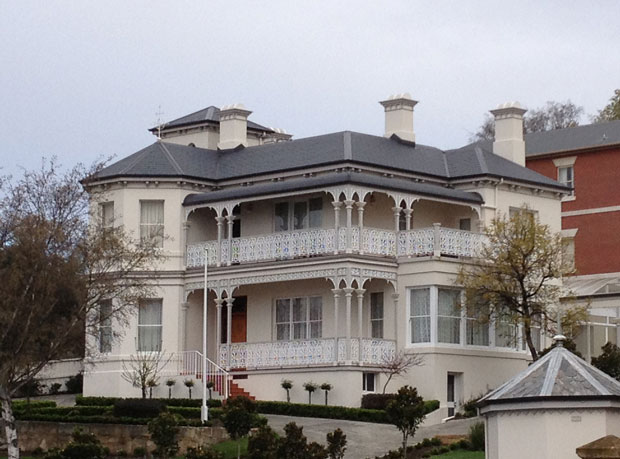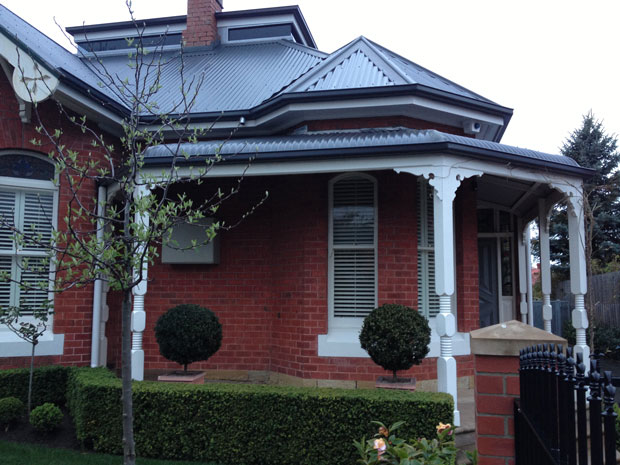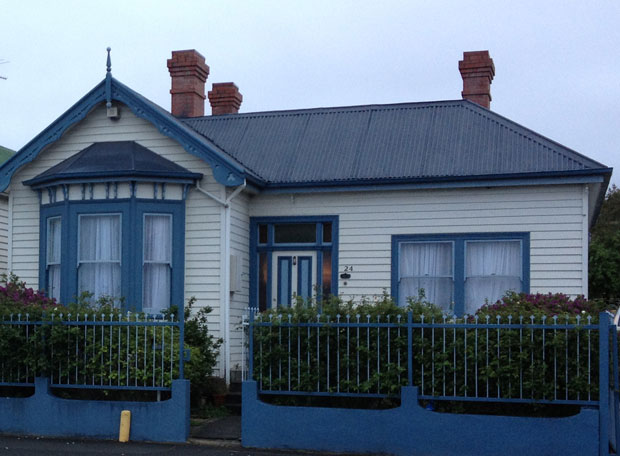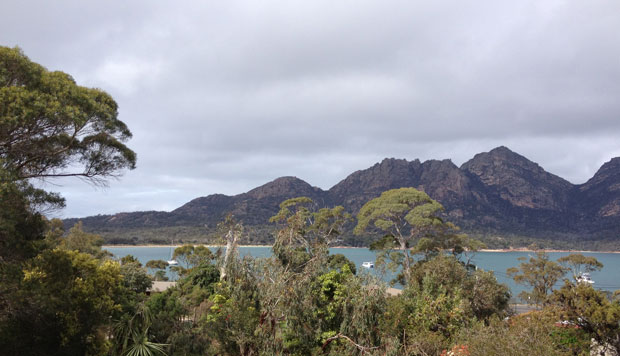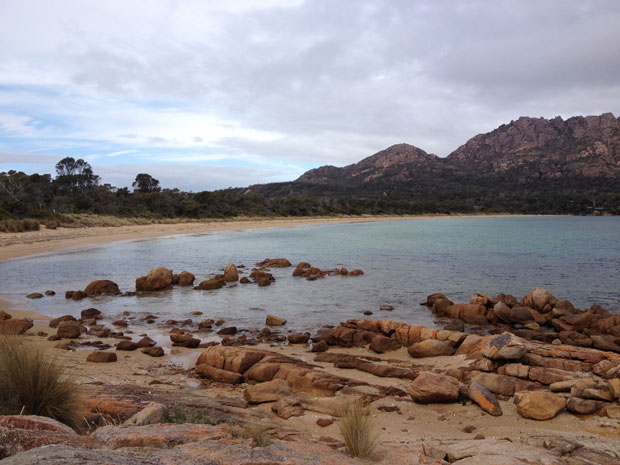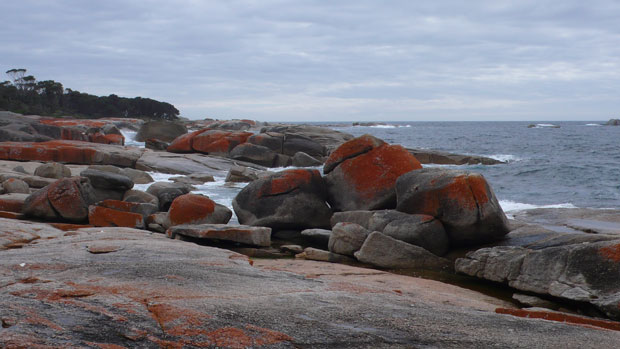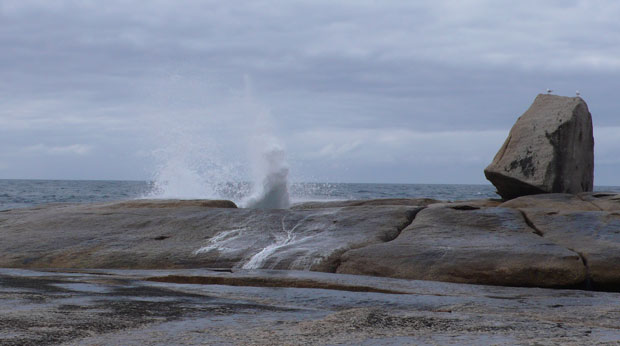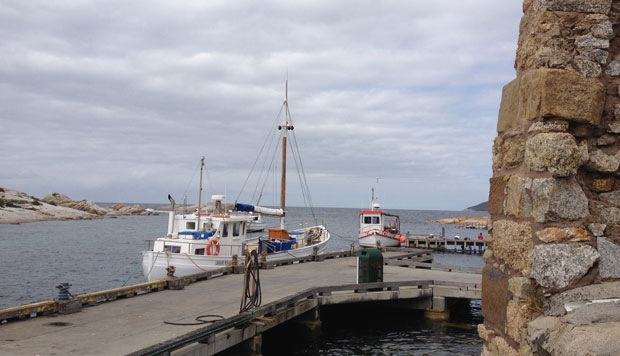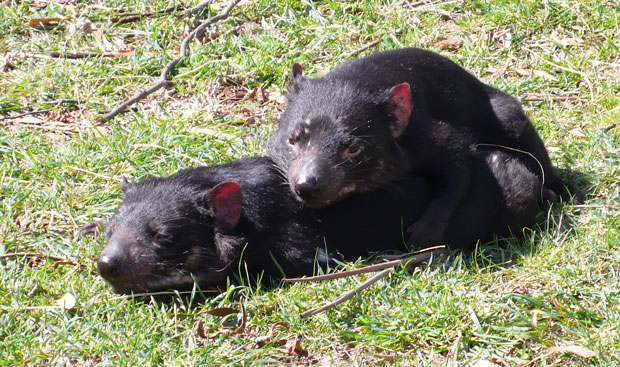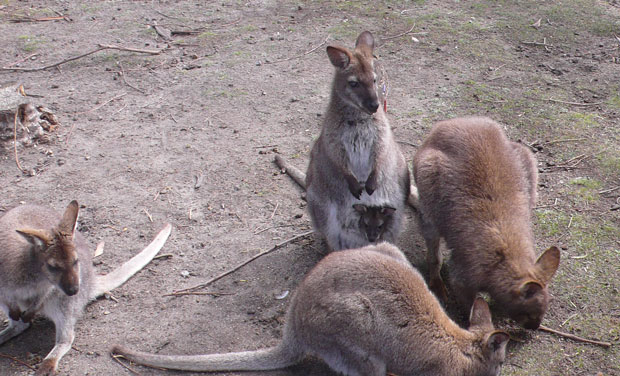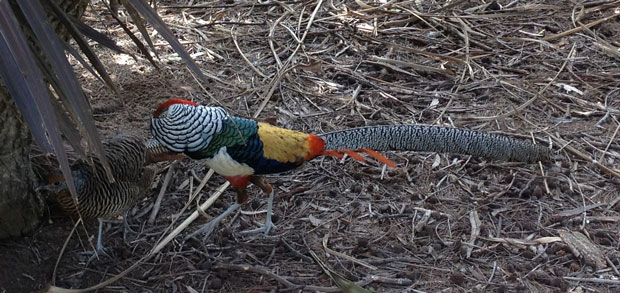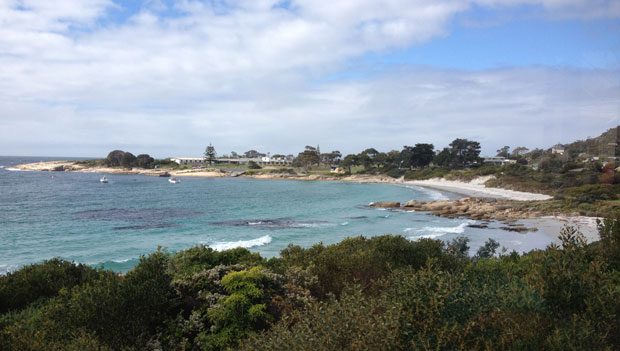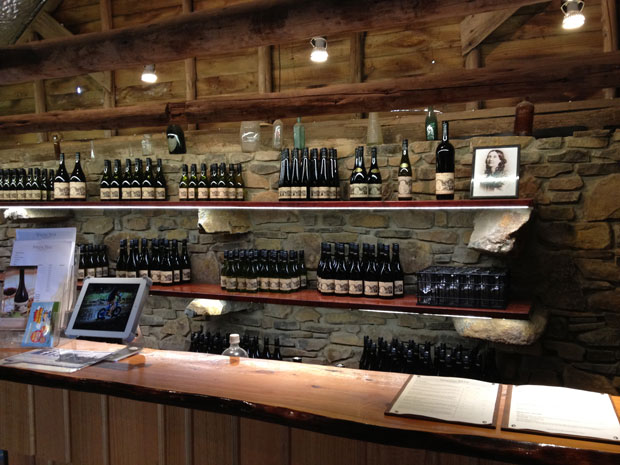When we were in Australia 3 years ago, I took Jean Michel on a pilgrimage to the sheep country where my father was born – Bonshaw, near Glen Innes and Tenterfield in northwestern New South Wales. The Kneipp family originally comes from a little village called Winkel along a small section of the Rhine River in Germany where vineyards and wineries still flourish.
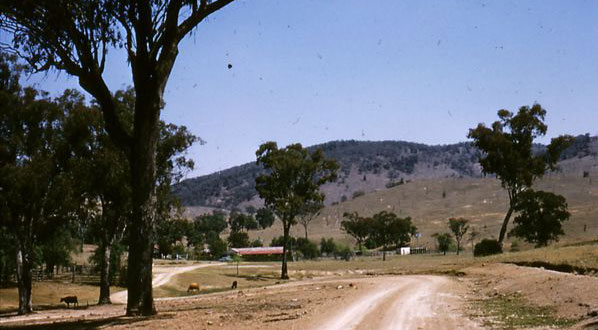
The first ancestor that can be traced was called Johann, probably born in the early 1640s. He and his wife Katarina had five children, born between 1667 and 1675. Their third child, also called Johann, was born in 1672. He married Margerthe and they had ten children. The oldest boy was Christan, born in 1694. He and his wife Maria Eva only had two children, Wendelin and Susanne. Wendelin, our ancestor, was born in 1723 and died in 1790. He married Ursula and they also had two children, Franz and another Wendelin. Franz married Clara and they had just one son, Wendel, born in 1779.
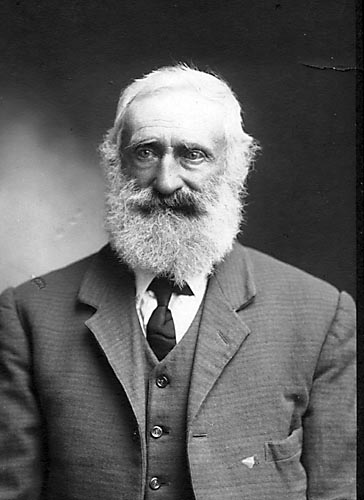
Now Wendel (this is sixth generation here) married Mary Ann and they had five children, including another Johann, born in 1831. He was my great great grandfather and came out to Australia as a young man, in 1856, bringing 5 rams with him. In Australia, Johann married a fellow German, Caroline Utz, born in 1842 in Stuttgart. He died in 1914 in Glen Innes while Caroline lived for another ten years. They had 11 children, the first of whom was born in 1862.
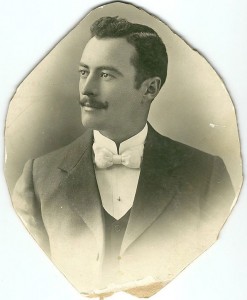
George, eighth in line, was born in 1873. Known to everyone as Matey, he married Helena Lennon, of Irish extraction, from Armidale and they had five children: Anthony George, Dom, Mary, Joseph and Frank. Their property, just outside Ashford, was called Beaumont.
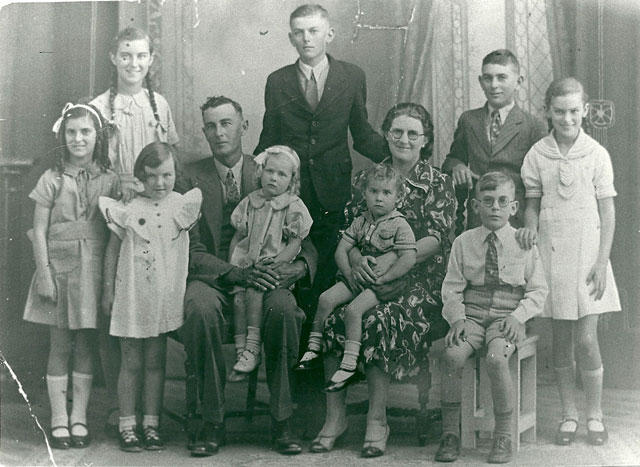
Anthony George, known as George, born in 1901, married Kathleen McHugh and they lived on a sheep property called Glenmore. He died young, at the age of 49 so I never met him. Kathleen, my grandmother, died in Inverell in 1972 at the age of 72, having brought up 9 children – four sons and five daughters. Their home was declared a primary school and the teacher lived with them all year round. When they reached high school age, they went off to boarding school.
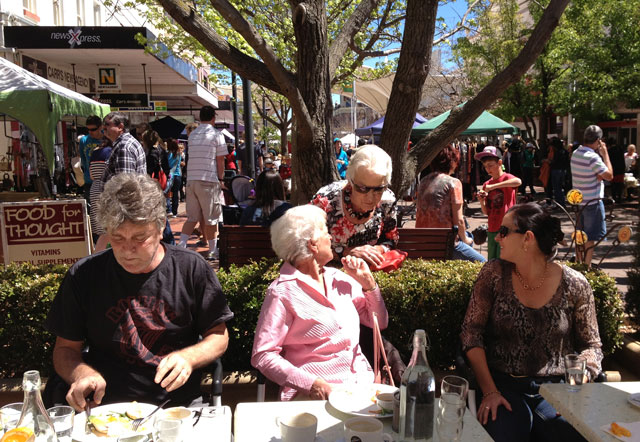
My father, also known as George, was the oldest. One brother and three sisters are still alive. My own parents died in 1993 and 2000. In my generation, there are 40 first cousins, of whom only 14 are women (three deceased) and we have had 44 children between us, but this time half are women. So far, there are six members of the next generation.
My cousins are spread across Australia and last time, we covered many miles to catch up with them which is why I came up with the idea of a family reunion this time. Unfortunately, many live far away (Perth, Melbourne, Mackay, Darwin, etc.) but there were still nearly 50 of us at the family dinner.
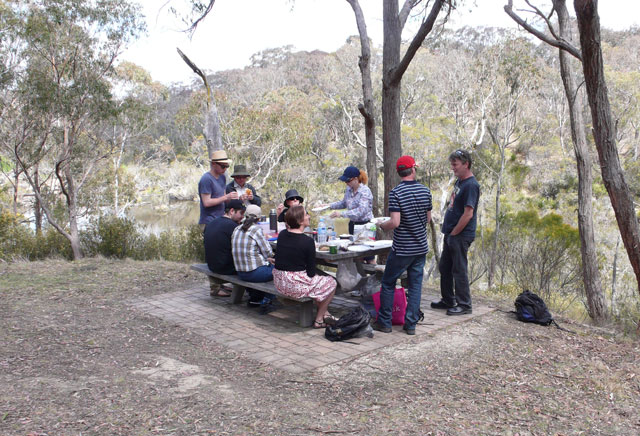
All my immediate family was present – my two brothers and their four children and my son and daughter. My uncle, two of my aunts and an aunt by marriage were also there as well as many cousins. Both before and after the main get-together, we met up at our home exchange and in the mall in Armidale, where we took over one of the main cafés for breakfast, at Dangar Falls where we picnicked and at the homes of friends and family.
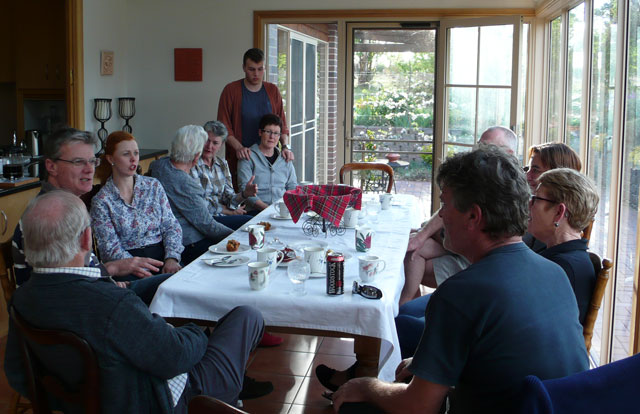
It was heart-rending for me to say goodbye to the different members of the family as they left one by one during the long weekend, particularly the “oldies” as we won’t be back for another three years. But it was a wonderful experience and the next date has already been set – January 2015 – for an 80th birthday on a sheep property. Jean Michel will be given a taste of the “real Australia” and has promised to be more fluent in English by then!


